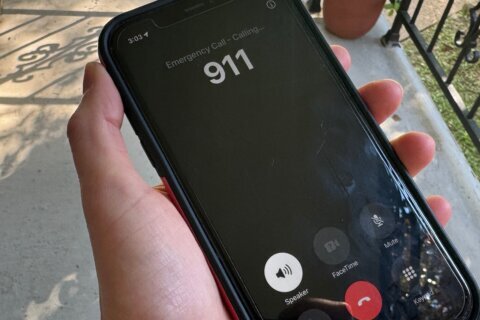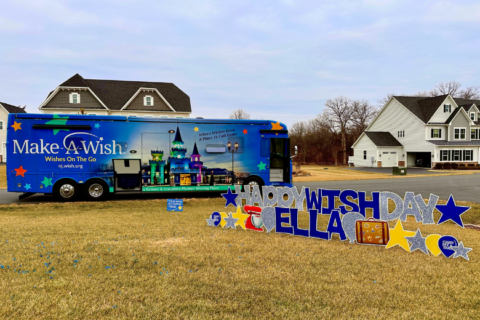FAIRFAX, Va. — Fairfax County is considering adding equipment to some traffic lights to help emergency vehicles and buses make their way more quickly through heavy traffic.
When an ambulance zooms up behind jammed traffic, drivers sometimes struggle to find a space to move out of the way. So Fairfax County is reviewing whether to add new traffic signal priority systems across the county that could reduce the risk of crashes and speed up response times by turning red lights green as emergency vehicles approach intersections.
What is known as signal preemption works using GPS, radio signals, strobe lights or a combination of the three, to change lights to stop traffic that might otherwise cross in front of an emergency vehicle and allow other cars ahead of first responders to move out of the way.
Supervisor Jeff McKay, Lee District, hopes a plan to phase in more of the signals on key corridors could be included in the budget this winter.
“Emergency vehicle preemption will help reduce the risks of accidents at intersections and improve response times of our first responders …. especially as we continue to see a growing population, heavier traffic and increased densities and developments countywide,” McKay says.
Fairfax County actually began moving toward some form of the signal priority systems at specific locations as long ago as the 1980s, with a more significant test along a stretch of Route 1 in the early 2000s.
The Federal Highway Administration found that the Route 1 changes saved fire and EMS vehicles about 30 to 45 seconds at each congested intersection.
“This technology exists, it’s not terribly expensive, and it’s something that can really reduce response times in parts of the county that have heavy congestion,” McKay says.
Supervisor Cathy Hudgins, Hunter Mill District, says the technology can also be used to extend lights for a few seconds or make other designated changes to speed up bus service.
“I know how important it is regionally, as well as in the county, that not only we have the preemption (for emergency vehicles), but (also for) the entire transportation corridors,” she says. “Slow buses do little for improving transit, but preemption does an awful lot in corridors and this will be able to pair the public safety and transit piece.”
Hudgins says county staff are analyzing which corridors would benefit the most from the preemption technology and are considering both the potential improvements in response time and the viability for moving more people more quickly.
McKay wants that priority list to also offer the Board of Supervisors a way to phase in the systems.
“We do need to do a corridor approach, because these isolated at intersections scattered throughout the county without a level of organization makes it really difficult for the transit piece to work,” McKay says.
The county has long had individual signals very close to fire houses that give fire department vehicles priority.
See how one type of the system works in this video (starting at 2:53):







